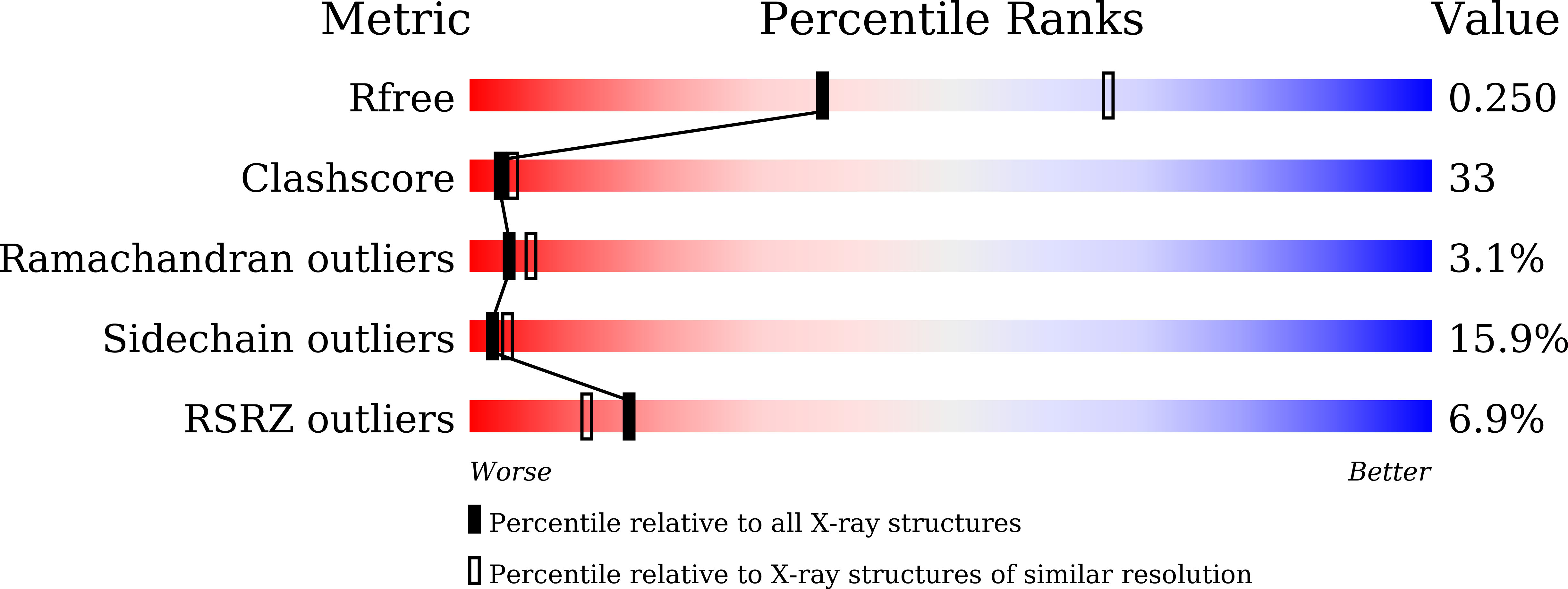
Deposition Date
2021-10-17
Release Date
2022-09-07
Last Version Date
2024-10-23
Entry Detail
PDB ID:
7VPR
Keywords:
Title:
Crystal structure of the ligand-binding domain of C. glabrata Upc2 in complex with ergosterol
Biological Source:
Source Organism:
[Candida] glabrata CBS 138 (Taxon ID: 284593)
Host Organism:
Method Details:
Experimental Method:
Resolution:
2.59 Å
R-Value Free:
0.24
R-Value Work:
0.23
R-Value Observed:
0.23
Space Group:
P 1 21 1


